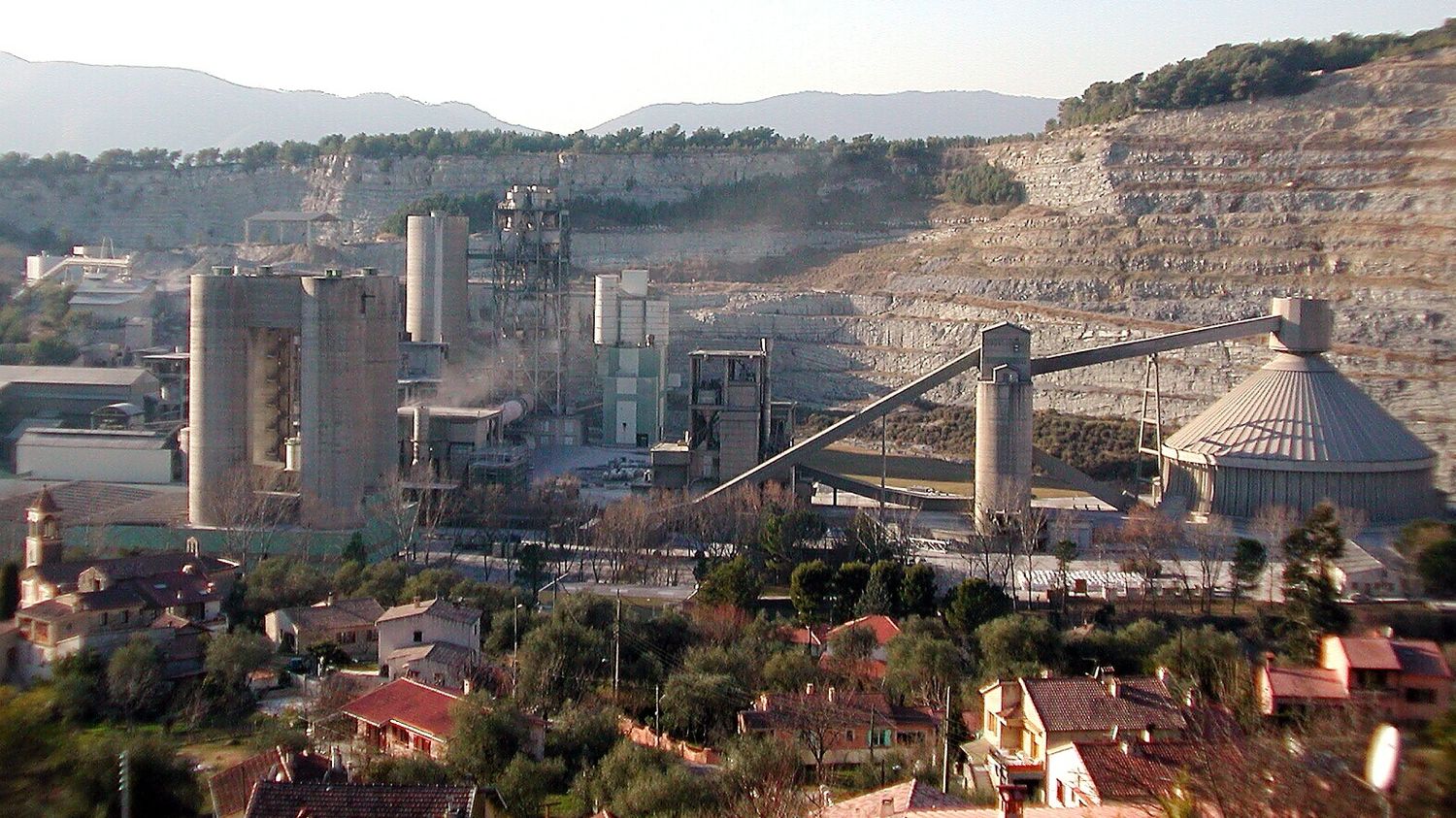Among the fifty most polluting industrial sites, some are playing the game of decarbonization, although the results remain uncertain.
Reducing the country’s greenhouse gas emissions is easier said than done. Since last fall, the government has set up a special system to reduce carbon emissions from the fifty most polluting industrial sites. If some companies play the game, the results remain uncertain.
>> Here are the 50 industrial sites which alone account for 10% of CO2 emissions in France
The Vicat group has 16 cement works in France, three appear in the list, the 17 other cement works concerned belonging to Lafarge and Calcia. Since the 1990s, Vicat has been working to reduce its footprint, according to its managing director Guy Sidos: “To give large figures, Vicat’s CO2 emissions in France were four million tonnes in 1990, they are around two million tonnes in 2022. Overall, in 30 years, Vicat’s emissions have been halved in France“. The manager continues: “A Vicat scale, I invest around 80 million euros per year in the application of our decarbonization plan for 2030“.
Public aid well used?
The company first seeks to reduce emissions due to the heating of raw materials: instead of burning fossil fuels, purchased abroad, the group seeks to fuel its boilers with waste collected locally. However, two-thirds of cement emissions come from the chemical reaction itself. “This is called fatal CO2, explains Bruno Pilon, president of France Ciment, a professional association in the sector. There are no technology options on the table, none. We are doomed to issue them..”
“There is no other industry with as much ‘fatal carbon’ as the cement industry, it is more than two thirds of the carbon.”
Bruno Pilonat franceinfo
“This fatal carbon, you sequester it in the wells… except that for the sequestration, there have to be pipes, places, there are a lot of complexities“, continues Bruno Pilon.
“Colossal amounts”
To halve its emissions, the sector must bury 2.4 million tonnes of CO2 by 2030. The system of the 50 most polluting sites gives manufacturers access to new public aid. They still have to be used to decarbonize. “We realize that the amounts are colossal”deplores Aurélie Brunstein of the Climate Action Network, which has just published a report on the question.
For her, “when, in parallel, we look at the emission levels of these 50 sites, the majority of them have not yet started their decarbonization. So we are pushing for the State to ask these companies for conditions, for the companies to make a concrete commitment and that each year, they report on the fulfillment of their commitments.“. To reduce its carbon footprint, the sector is also counting on a reduction in consumption, with less concrete in buildings, in particular thanks to new types of cement.
